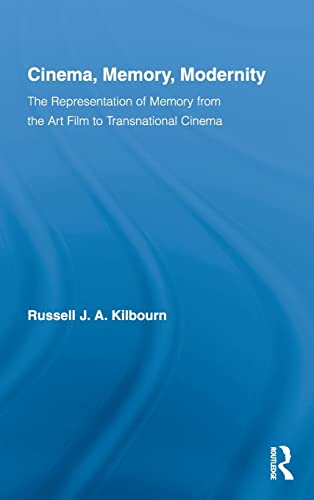

Most ebook files are in PDF format, so you can easily read them using various software such as Foxit Reader or directly on the Google Chrome browser.
Some ebook files are released by publishers in other formats such as .awz, .mobi, .epub, .fb2, etc. You may need to install specific software to read these formats on mobile/PC, such as Calibre.
Please read the tutorial at this link: https://ebookbell.com/faq
We offer FREE conversion to the popular formats you request; however, this may take some time. Therefore, right after payment, please email us, and we will try to provide the service as quickly as possible.
For some exceptional file formats or broken links (if any), please refrain from opening any disputes. Instead, email us first, and we will try to assist within a maximum of 6 hours.
EbookBell Team

4.1
60 reviewsSince its inception, cinema has evolved into not merely a ‘reflection’ but an indispensable index of human experience – especially our experience of time’s passage, of the present moment, and, most importantly perhaps, of the past, in both collective and individual terms. In this volume, Kilbourn provides a comparative theorization of the representation of memory in both mainstream Hollywood and international art cinema within an increasingly transnational context of production and reception. Focusing on European, North and South American, and Asian films, Kilbourn reads cinema as providing the viewer with not only the content and form of memory, but also with its own directions for use: the required codes and conventions for understanding and implementing this crucial prosthetic technology ― an art of memory for the twentieth-century and beyond.